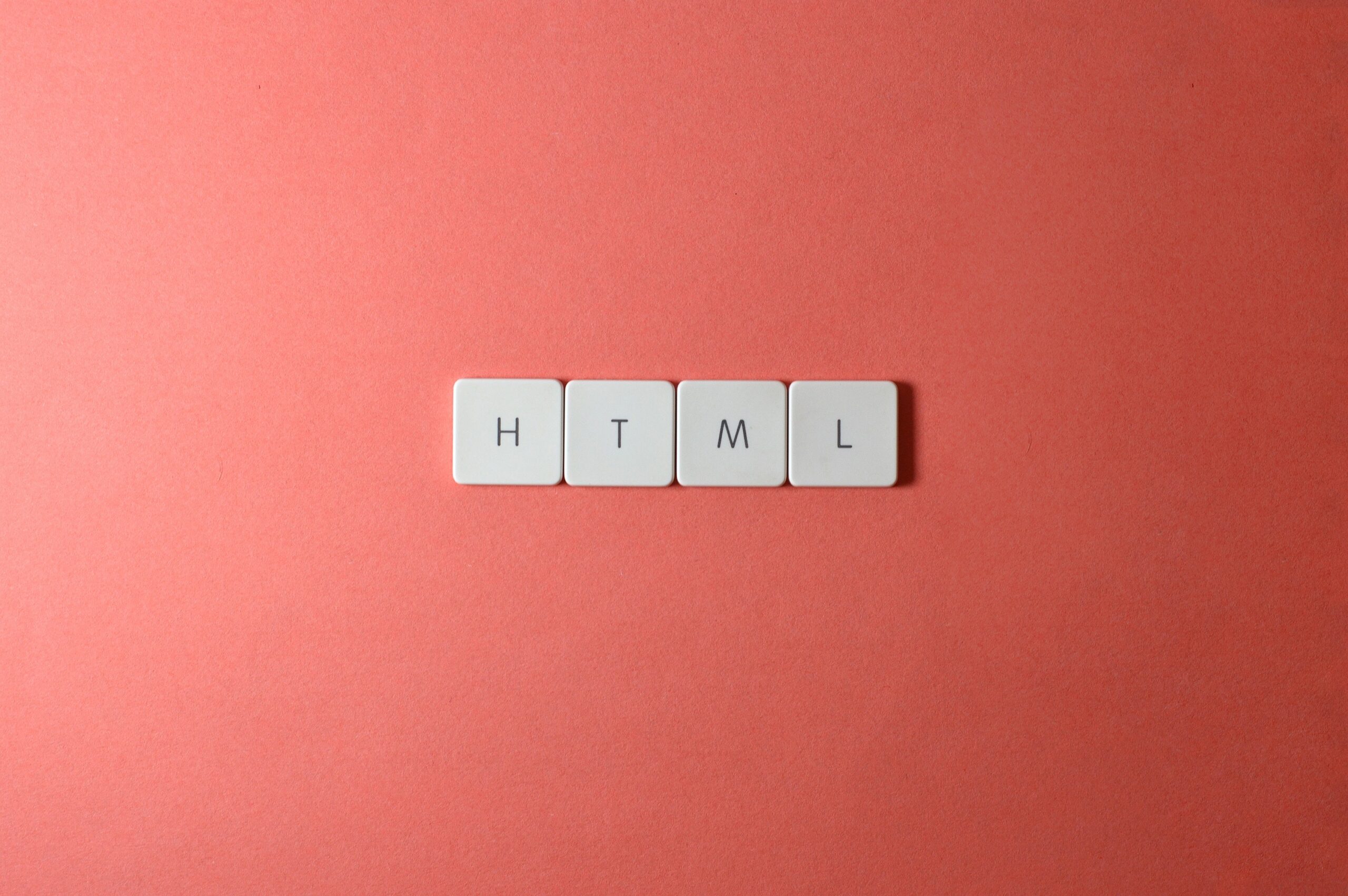In the past, websites were designed with PSD. Handling them was full of challenges. Website developers will now look for different options to make things easier. HTML development offers a suitable opportunity for PSD developers to simplify the specific system.
Hence, developers adopt different means with the goal of converting PSD to HTML. Now, we will tell you about the steps you should follow how to convert PSD to HTML:
Breaking the PSD into different parts
Convert PSD to HTML, it might consume an ample amount of time, resulting in prolonged page loading time. Therefore, it is better to break the same into different pieces for converting the same into smaller pieces.
If there are smaller PSD file pieces, the page loading will be faster. In this case, it will be useful to use various kinds of file-slicing tools for breaking PSD into different pieces. After using the tools, you can slice these images and separate them separately.
Creation of the required directories
Now, it is essential to create different kinds of required directories within the computer. It is possible to create directories in the following manner:
- In this first step, you should come up with the main folder, using the site name.
- Next, you need to create a folder, Images, within the main folder. Here, you can save different images.
- Now, you should come up with the styles folder for the style sheets and CSS files within the main folder.
HTML creation
To create HTML pages, you should make use of various HTML page builders. You should create a fresh file, which you should save within the main folder. You should select various pieces of HTML5 code here.
- The header is the page’s top part. It is critical to divide the same.
- Hero is the next part. The specific section is going to signify the specific image on the web page.
- Slideshow, the code’s third section, exhibits a list of automatically slid images within the web page.
- The next step involves the main content. The text area includes data, which includes buttons, images, and text.
- The footer is the last part, which is known to signify the page’s bottom part. It comprises contact information, blog links, and different kinds of social media links.
Generation of style files
After the creation of the HTML code, it will be used to create the page’s style files. Now, you should make sure to include files in CSS. It is possible to create style files through the framework. It is also possible to generate different style files through the HTML editor.
You must now save the files in the CSS folder as style.css. You are going to come across the stylistic features within the style sheet. Connecting the CSS style sheet to the HTML page is required here.
Website design set generation
You must now generate the web design set while simultaneously creating multiple elements. Here, you require the code editor, for the creation of the website design set and HTML code. It is possible to get a suitable foundation using the CSS and HTML Quick Layout.
At the foundation, you will come across background colours and images within the primary elements. You should ensure that the main elements remain within a secure position.
Java Script Interaction
After the completion of CSS and HTML, it is recommended to include JavaScript. It is possible to achieve this through the development of jQuery and various other frameworks.
Making it responsive
It will be useful to use certain frameworks for making the file responsive. For the addition of additional responsive features, you can consider using different CSS media queries.
If you are looking for an experienced PSD to HTML-converter, you can check out Sysiz.







